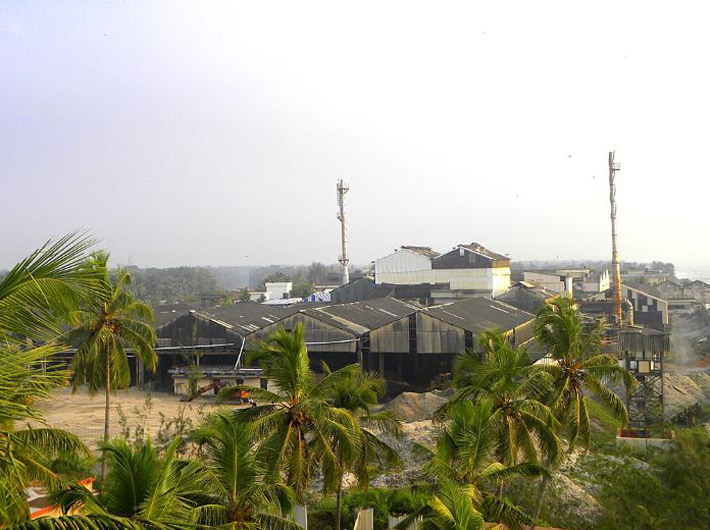India needs streamlined permitting, investments in R&D and processing, diversified supply lines, strategic stockpiles, and forward-looking regulatory tools
Critical minerals, including rare earths, are emerging as the foundation of economic growth, national security, and the global energy transition. The International Energy Agency estimates that demand for critical minerals will rise by 250% by 2030. For countries dependent on imports, this represents a strategic vulnerability, as supply chains increasingly overlap with geopolitical and regulatory considerations.
China offers a telling example of how long-term investments in this sector can shape global influence. In the 1980s, Deng Xiaoping observed: “The Middle East has oil. China has rare earths.” Over subsequent decades, Beijing invested in exploration, processing, and research. Collaborations with foreign refiners, steady funding for material sciences, and a strong focus on patents and technology allowed China to establish a leading position in the rare earths industry. Today, it accounts for nearly half of global reserves and close to 90% of processing capacity. Such a position naturally carries strategic weight.
In April 2025, China announced export controls on seven rare earth elements, requiring additional licensing for overseas shipments. Officially described as a national security measure, the decision echoed earlier instances where rare earth trade became entangled with broader diplomatic or trade developments. For example, in 2010, export restrictions coincided with a maritime dispute with Japan, and in 2024, limits were placed on gallium and germanium exports following tensions with the United States. More recently, the April 2025 measures came shortly after tariff announcements by Washington. While each move was framed as a regulatory or security step, their timing highlighted the role that critical minerals now play in global economic statecraft.
For India, these episodes are instructive. Despite having mineral potential, India’s mining sector has been underdeveloped, attracting only 0.5% of total FDI. According to the Institute for Energy Economics and Financial Analysis (IEEFA), India is almost entirely dependent on imports of lithium, cobalt and nickel. The April 2025 export restrictions affected Indian manufacturers as well, with the India Cellular and Electronics Association (ICEA) warning that they could jeopardise the country’s $32 billion smartphone export target for FY26.
India introduced the Mines and Minerals (Development and Regulation) Amendment Bill (MMDR), 2025, in line with the National Critical Mineral Mission launched earlier that year. The Bill expands the mandate of the National Mineral Exploration Trust, allowing its funds to be used for exploration both domestically and abroad. It also permits existing leaseholders to include additional critical minerals in their licences at no extra cost.
These measures are important steps given India’s commitments to reduce emissions intensity by 45% by 2030, ensure that 50% of its power capacity comes from non-fossil sources, and achieve net-zero by 2070. At the same time, the Bill’s scope is limited. While it facilitates the inclusion of critical minerals, it does not fully address challenges such as lengthy approval processes, infrastructure constraints, or limited domestic processing capacity. Achieving mineral self-reliance will require complementary reforms that simplify regulatory procedures, encourage investment, and promote technological innovation in extraction and processing.
India has already begun diversifying its supply chains through international partnerships. In 2024, KABIL signed an agreement with Argentina’s CAMYENSE to jointly develop lithium assets, and India has deepened cooperation with Australia through earlier agreements. More recently, the QUAD critical minerals initiative was launched, aiming to strengthen supply resilience across member countries. However, the success of such partnerships will depend not just on access to resources but also on the sharing of processing technologies and R&D capabilities.
China’s experience shows that building leadership in critical minerals requires consistent and patient investment over decades. India is now laying the foundation through the National Critical Mineral Mission, which has set targets for patents, skill development, mineral processing parks and overseas acquisitions. But ambition must be matched with execution. A trustworthy and efficient mining framework will be critical to attracting investors and enabling India to participate more actively in global mineral value chains.
The international competition for critical minerals is intensifying. While China holds a first- mover advantage, other countries, including the US, EU, and Japan, are investing heavily to secure supplies. India must avoid a piecemeal approach. It needs streamlined permitting, investments in R&D and processing, diversified supply lines, strategic stockpiles, and forward-looking regulatory tools. Diplomatic efforts should also be accompanied by legal and institutional preparedness.
Siddharth Jha and Nathishia Chandyare are Research Assistants, while Ankeetaa Mahesshwari is an Associate Fellow, at Pahlé India Foundation, a New Delhi-based policy think tank.


